Functional Magnetic Resonance Imaging (fMRI) has indeed revolutionized neuroscience research in several ways. Here are some of the key ways in which fMRI has made a significant impact:
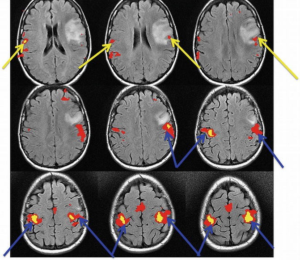
- Non-Invasive Investigation: One of the most significant advantages of fMRI is its non-invasive nature. It allows researchers to examine the brain’s activity without the need for invasive procedures such as surgery. This has opened up opportunities to study the human brain in vivo, providing valuable insights into brain function and organization.
- Spatial Resolution: fMRI provides researchers with a high spatial resolution, allowing them to identify the specific regions of the brain that are involved in specific cognitive processes or tasks. This has facilitated the mapping of brain activity to different mental functions and behaviours.
- Temporal Resolution: While fMRI has relatively poor temporal resolution compared to other techniques like electroencephalography (EEG), advancements in imaging technology and analysis methods have improved the temporal resolution of fMRI. Researchers can now examine changes in brain activity on a scale of seconds, enabling the study of dynamic processes in the brain.
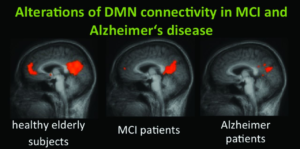
- Clinical Applications: fMRI has proven to be valuable in clinical research and applications. It has helped in the identification and characterization of brain abnormalities associated with various neurological and psychiatric disorders, such as Alzheimer’s disease, schizophrenia, depression, and more. fMRI can also be used to assess treatment efficacy and monitor changes in brain activity over time.
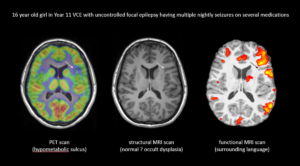
- Developmental Studies: fMRI has opened up avenues for studying brain development in children and adolescents. It has provided insights into how the brain matures over time and how functional connectivity patterns change during development. This has implications for understanding developmental disorders and designing appropriate interventions.
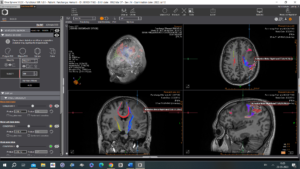
- Multimodal Integration: fMRI can be combined with other imaging techniques, such as structural MRI, diffusion tensor imaging (DTI), and EEG, to provide a more comprehensive understanding of brain structure, connectivity, and function. Multimodal approaches allow researchers to integrate different levels of brain information and provide a more detailed picture of brain processes.

- Mapping brain activity: fMRI allows researchers to non-invasively measure brain activity by detecting changes in blood oxygenation levels. This technique has enabled the creation of detailed maps that highlight brain regions involved in various cognitive processes, such as perception, memory, attention, and language. These maps have significantly advanced our understanding of the functional organization of the brain.
- Studying brain connectivity: fMRI can also be used to investigate functional connectivity, which refers to the synchronized activity between different brain regions. By analyzing correlations in the fMRI signal across the brain, researchers can identify networks of brain regions that work together during specific tasks or at rest. This has provided insights into how different brain regions interact and contribute to overall brain function.
- Investigating cognitive processes: fMRI has allowed researchers to explore the neural mechanisms underlying cognitive processes in unprecedented detail. Scientists can identify the brain regions involved in specific cognitive processes by comparing brain activity patterns during different tasks or experimental conditions. For example, fMRI studies have shed light on how the brain processes visual information, language comprehension, decision-making, and emotional responses.
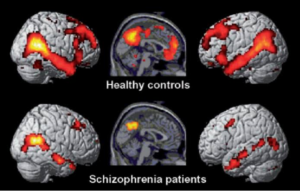
- Understanding neurological and psychiatric disorders: fMRI has proven valuable in studying various neurological and psychiatric disorders. By comparing brain activity patterns between healthy individuals and patients, researchers can identify differences that may contribute to the development or manifestation of these disorders. This has led to advancements in understanding conditions such as Alzheimer’s disease, schizophrenia, depression, and autism spectrum disorders.

- Guiding neurosurgical procedures: fMRI has practical applications in the field of neurosurgery. Preoperative fMRI scans can help surgeons identify critical functional areas of the brain, such as those involved in motor or language functions, and plan surgical procedures accordingly. This minimizes the risk of damaging essential brain regions and improves surgical outcomes.

- Advancements in data analysis techniques: The widespread adoption of fMRI has stimulated the development of sophisticated data analysis methods. These techniques enable researchers to extract meaningful information from complex fMRI datasets, such as identifying patterns of brain activity that correspond to specific cognitive states or conditions. Advanced analysis approaches, including machine learning and network analysis, have further enhanced the interpretability of fMRI data.
- Decoding Mental States and Processes: Using machine learning techniques, fMRI data can be analyzed to decode mental states, intentions, or even specific thoughts. By training algorithms on fMRI patterns associated with certain tasks or mental states, researchers can predict, to some extent, what someone is thinking or intending to do. This has implications in neuroprosthetics, brain-computer interfaces, and advancing our understanding of cognitive processes.
- Individual Differences and Personalized Medicine: fMRI has shed light on individual differences in brain function and connectivity, contributing to the emerging field of precision medicine. By identifying neural biomarkers associated with different conditions or treatment responses, researchers can develop personalized treatment plans and interventions tailored to an individual’s specific brain characteristics.
- Developmental and Aging Studies: fMRI has been pivotal in investigating brain development and changes that occur with ageing. It has helped unravel the neural substrates of cognitive development in children, identify critical periods of plasticity, and track age-related changes in brain structure and function. These findings have implications for education, ageing-related diseases, and interventions targeting cognitive decline.
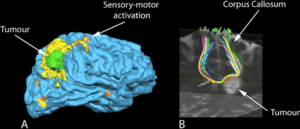
- Advancements in Imaging Techniques: The field of fMRI continues to advance rapidly with the development of innovative imaging techniques. For example, researchers are exploring high-resolution fMRI, which provides detailed maps of brain activity at a finer scale, and multiband imaging, allowing faster and more efficient data acquisition. These advancements enhance the spatial and temporal resolution of fMRI, enabling more precise mapping of brain activity and connectivity.
Overall, fMRI has revolutionized neuroscience research by providing non-invasive access to brain function, offering high spatial resolution, and enabling the investigation of both healthy and clinical populations. It has significantly advanced our understanding of the human brain and has the potential to impact various fields, including medicine, psychology, and neuro-engineering. You may also like to read MRI Compatible Stretcher









